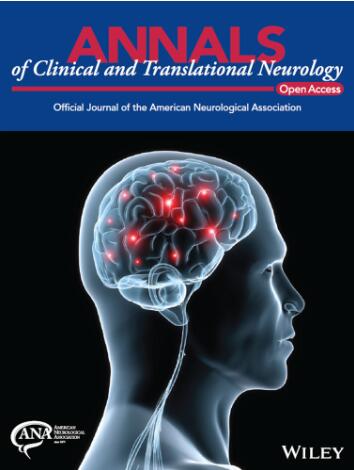Real-World Comparison of High-Efficacy Versus Non-High-Efficacy Therapies in Multiple Sclerosis
Abstract
Objective
The choice of the first disease modifying treatment (DMT) in multiple sclerosis (MS) is a topic of great interest, and whether high-efficacy DMTs should be the first choice remains debated. We compared treatment outcomes (no evidence of disease activity [NEDA] and its components) between treatment-naïve relapsing–remitting MS (RRMS) patients commencing high-efficacy therapies (HET) and non-high-efficacy therapies (non-HET), using propensity score matching.
Methods
This is an observational prospective study of two real-world, single-centre, longitudinal cohorts: (1) Relapsing–remitting MS (RRMS) patients initiated dimethyl fumarate, fingolimod, glatiramer acetate and natalizumab between 2002 and 2020; (2) RRMS patients initiated ocrelizumab between 2019 and 2021. We selected treatment-naïve patients and had at least 2 years of follow-up. We compared the two groups at years 1 and 2 using Cox and Logistic regression models as appropriate.
Results
After propensity score matching, we included 448 patients: 110 HET and 338 non-HET. The probability of losing NEDA was 57% and 39% lower in the HET group at year 1 and 2 (HR = 0.43; 95% CI = 0.35, 0.52; p < 0.01 and HR = 0.61; 95% CI = 0.45, 0.84; p < 0.01, respectively). The probability of relapse in the HET group was 94% and 71% lower at year 1 and 2 (OR = 0.06; 95% CI = 0.01, 0.28; p < 0.01 and OR = 0.29; 95% CI = 0.10, 0.84; p < 0.02, respectively). The EDSS in the HET group was 30% and 18% lower at year 1 and 2 (Coeff = −0.30; 95% CI = −0.42, −0.18; p < 0.01 and Coeff = −0.16; 95% CI = −0.34, 0.02; p < 0.09, respectively). The probability of MRI activity in the HET group was 82% lower at year 1 (OR = 0.18; 95% CI = 0.04, 0.86; p < 0.03).
Interpretation
This study demonstrated that treatment-naïve RRMS patients should be considered for high-efficacy therapies based on a greater suppression of disease activity at 2 years.


 求助内容:
求助内容: 应助结果提醒方式:
应助结果提醒方式:


